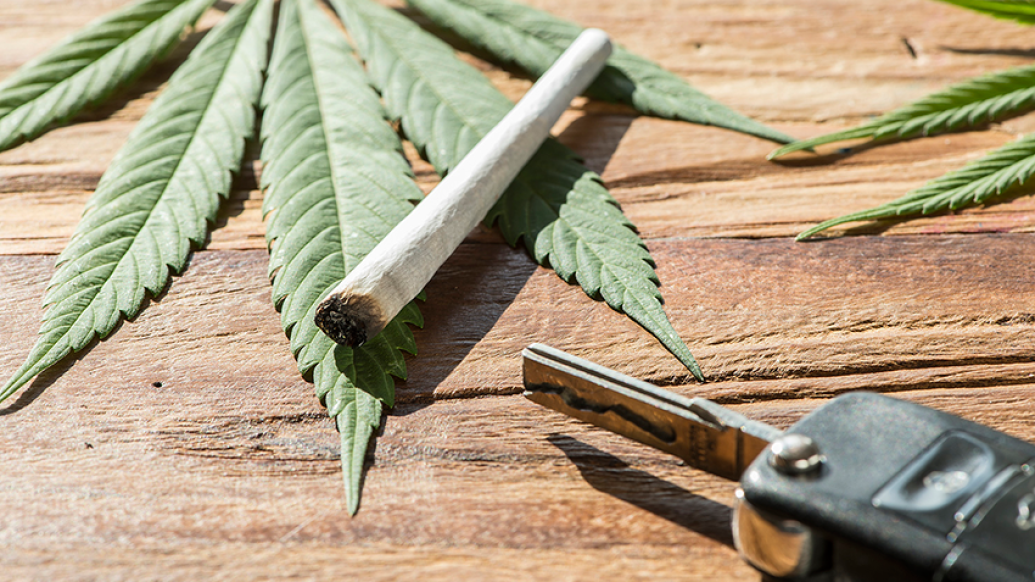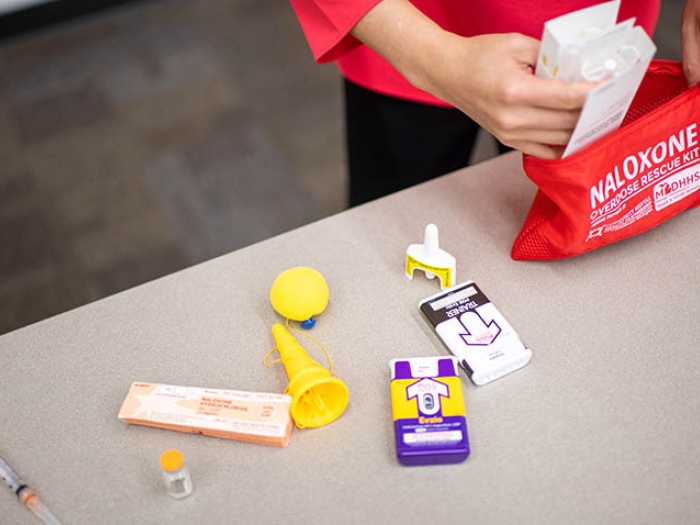New study finds worrisome statistics around medical cannabis users operating vehicles.
7:50 AM
Author |

More than half of people who take medical cannabis for chronic pain say they've driven under the influence of cannabis within two hours of using it, at least once in the last six months, according to a new study.
One in five of them said they'd driven while 'very high' in the past six months, researchers from the University of Michigan Addiction Center report in the journal Drug & Alcohol Dependence .
Lead author Erin E. Bonar, Ph.D., assistant professor of psychiatry and a practicing clinical psychologist at the U-M Addiction Treatment Services, says the results of the survey of 790 Michigan medical cannabis users are troubling.
Hundreds of thousands of Americans have state approval to use medical marijuana, including nearly 270,000 in the state of Michigan, according to Statista, as of May 2018. Michigan is second only to California for the highest number of medical marijuana patients in a state.
The safest strategy is to not drive at all on the day you used marijuana.Erin E. Bonar, Ph.D.
Risky driving
Bonar says that when people drive under the influence of marijuana their reaction time and coordination may be slowed down and they could have a harder time reacting to the unexpected. If they are in a risky situation, they could be more likely to be involved in motor vehicle crash, because they would not be able to respond as quickly.
LISTEN UP: Add the new Michigan Medicine News Break to your Alexa-enabled device, or subscribe to our daily audio updates on iTunes, Google Play and Stitcher.
For the study, the team surveyed adults in Michigan who were seeking medical cannabis recertification or a new certification for chronic pain in 2014 and 2015. The researchers asked about respondents' driving habits for the past six months.
Fifty-six percent of participants reported driving within two hours of using cannabis, 51 percent reported they drove while a "little high", and 21 percent reported driving while "very high."
"There is a low perceived risk about driving after using marijuana, but we want people to know that they should ideally wait several hours to operate a vehicle after using cannabis, regardless of whether it is for medical use or not," Bonar said. "The safest strategy is to not drive at all on the day you used marijuana."
There is uncertainty about how marijuana could affect driving for chronic daily users, who might have even longer-lasting effects that linger in their system, Bonar added.
Uncharted territory
To add complexity to the issue, in November Michigan voters approved the use of recreational marijuana in the state. In early December, it became legal under state law for any Michigan resident over the age of 21 to use marijuana inside a private residence, and to grow up to 12 plants for personal use. Retail sales are only allowed for those with medical marijuana cards issued by the state. Marijuana use and possession remains illegal under federal law.
In light of this policy change, Bonar says, all cannabis users need a clear understanding of the side effects of this drug.
"When it comes to driving, we haven't yet figured out the best way to know how impaired marijuana users are at any given time," she says. "With alcohol, you can do some quick math based on the amount you drank, and take an educated guess at your blood alcohol level. For marijuana, an estimate like this would be complicated. It's hard to quantify because there is a lot of variation in marijuana dosing, THC potency, and route of administration. We also don't have specific guidelines yet about when exactly it would be safe to operate a vehicle."
MORE FROM THE LAB: Subscribe to our weekly newsletter
Bonar says the goal of her team's study – conducted before the passage of the ballot question that resulted in the change in state law -- is to help medical marijuana users to be safer on the roads.
"We believe more research is needed to inform a larger public education effort that will help individuals understand the risks for themselves, and others, of driving while under the influence of cannabis," she says. "It is especially needed during this time of rapid policy change as many states are determining how to manage marijuana legalization. We also need clearer guidelines about marijuana dosing and side effects with an understanding of how individual differences in things like sex and body weight interact as well."
This study was funded by the National Institute on Drug Abuse. The lead project investigator was Mark Ilgen, Ph.D., director of U-M Addiction Treatment Services. Additional study authors include James Cranford, Ph.D., Brooke Arterberry, Ph.D., Maureen Walton, M.P.H., Ph.D., and Kipling M. Bohnert, Ph.D.
Most of the authors are members of the U-M Institute for Healthcare Policy and Innovation, and the U-M Injury Prevention Center. Ilgen and Bohnert are members of the VA Center for Clinical Management Research.

Explore a variety of healthcare news & stories by visiting the Health Lab home page for more articles.

Department of Communication at Michigan Medicine
Want top health & research news weekly? Sign up for Health Lab’s newsletters today!





